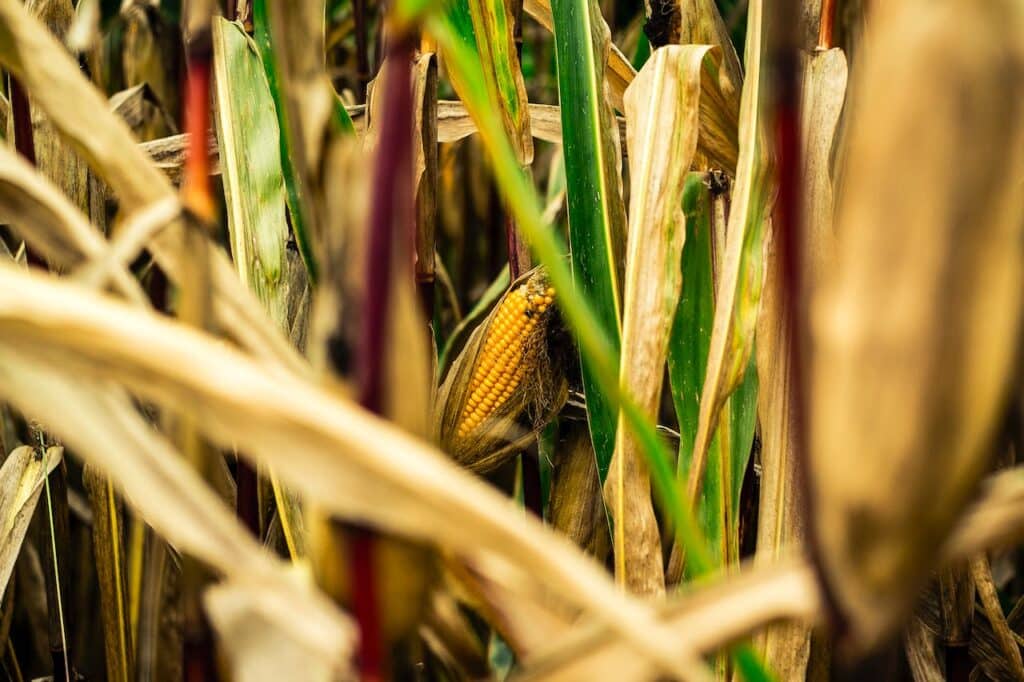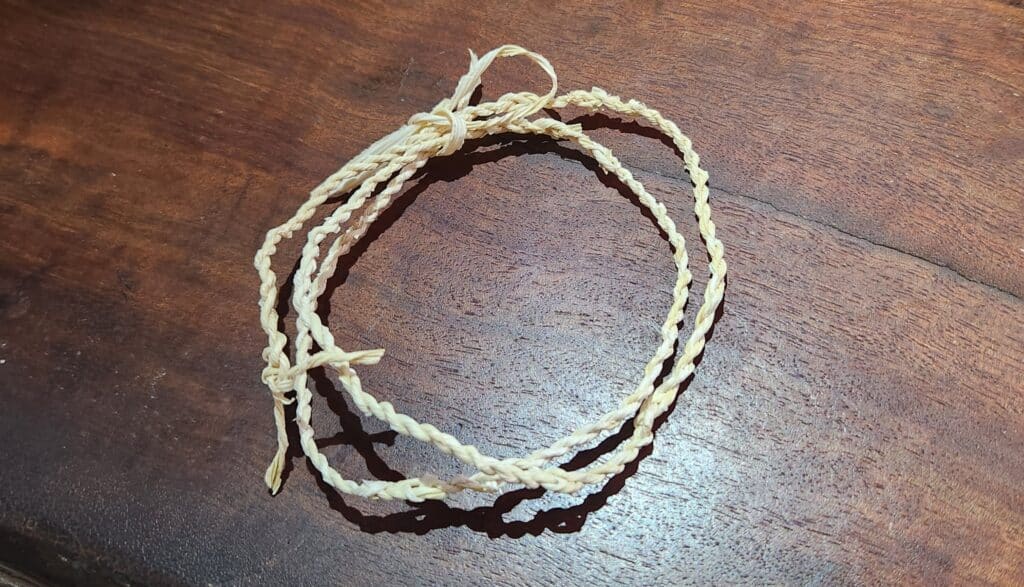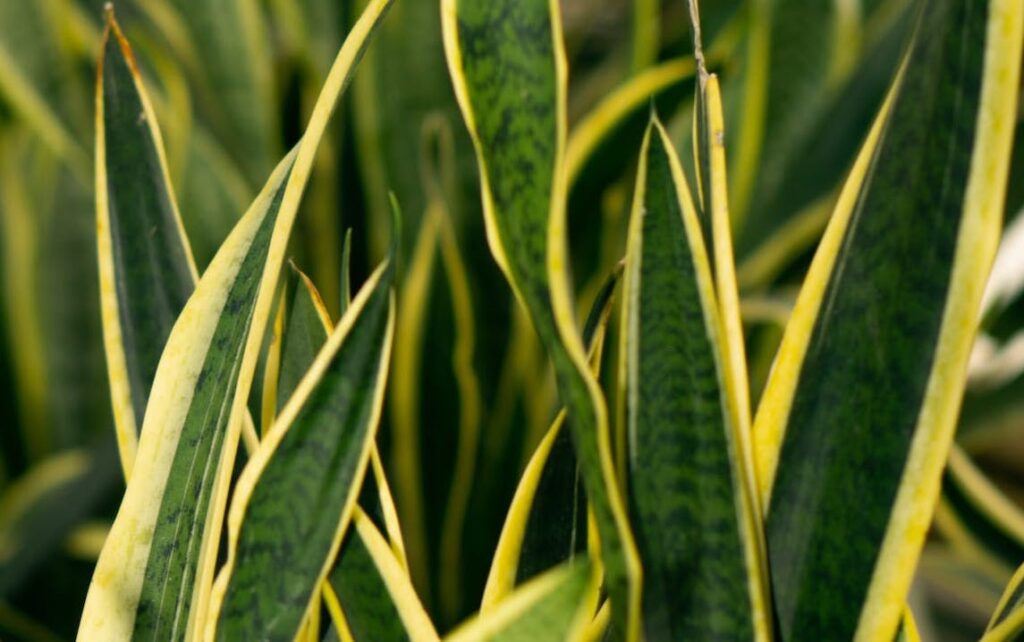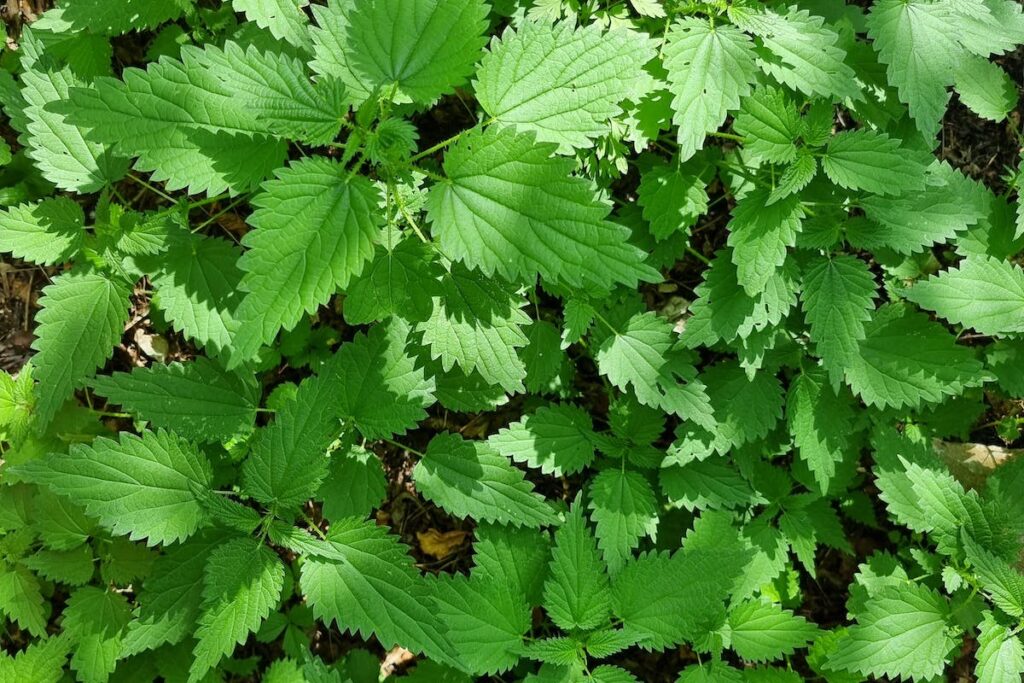[ad_1]
Making cordage from yard crops is a talent that enriches our appreciation for the pure world. This exercise isn’t just enjoyable and rewarding, but it surely teaches endurance, respect for pure assets, and the ingenuity to utilise accessible supplies successfully.
Many crops in your yard comprise fibrous materials that may be became sturdy, sturdy cordage when processed accurately. Pictured above is what I made utilizing my homegrown Ramie plant, which some use as a meals colouring agent or to make dishes like Hakka Ramie Leaf dumplings.
In case you dwell in a tropical local weather, crops resembling sea hibiscus, jute, kenaf, banana, bamboo and sugarcane are wonderful sources of fibre after retting. The lengthy, powerful stalks or bark of those crops are what you’re after.
Another plant supplies that make good cordage embrace pineapple leaves and Mom-in-law’s tongue, the place its fibres might be extracted utilizing water retting or the scraping technique. Corn husks, as soon as dried may also be used to make cordage by tearing them into strips and twisted (see under).
Must you dwell in a subtropical or temperate local weather, another crops you may take into account embrace Stinging nettle (stalks), Yucca (leaves), Willow (bark) Dandelion (stalks), Milkweed (stems), Ivy (vines), Cattail (leaves), Kudzu (vines), Burdock (stalks) and Honeysuckle (bark).
Retting entails breaking down the pectin that binds fibres collectively within the plant. This may be finished via water retting, the place the plant materials is soaked in water, or dew retting, the place it’s left on the bottom to be uncovered to dew, rain, and daylight. Each strategies require time and endurance, because the non-fibrous a part of the plant should decay sufficiently to permit fibre extraction. Generally, the standard of water retted fibres are higher than dew retted fibres.
For the scraping method, use a butter knife to scrape the outer waxy layers of the leaves to reveal the fibres. In some international locations, a plate or coconut shell are used instead of a butter knife, relying on what is obtainable and sensible.
After retting or scraping, the fibres are dried after which might be twisted into cordage. The method of twisting fibres will increase their tensile power. Twisting two strands collectively after which plying them collectively creates a stronger wire.
Listed here are some quick tutorial movies I discovered helpful, I’m leaving it right here so that you can delve additional into the intricate artwork of cordage strategies 🙂
I hope you discovered this submit on making cordage from crops helpful! For extra gardening updates, comply with my Fb Web page – The Tender Gardener, Instagram web page @tendergardener and subscribe to my YouTube channel! See you there!
[ad_2]
Supply hyperlink



